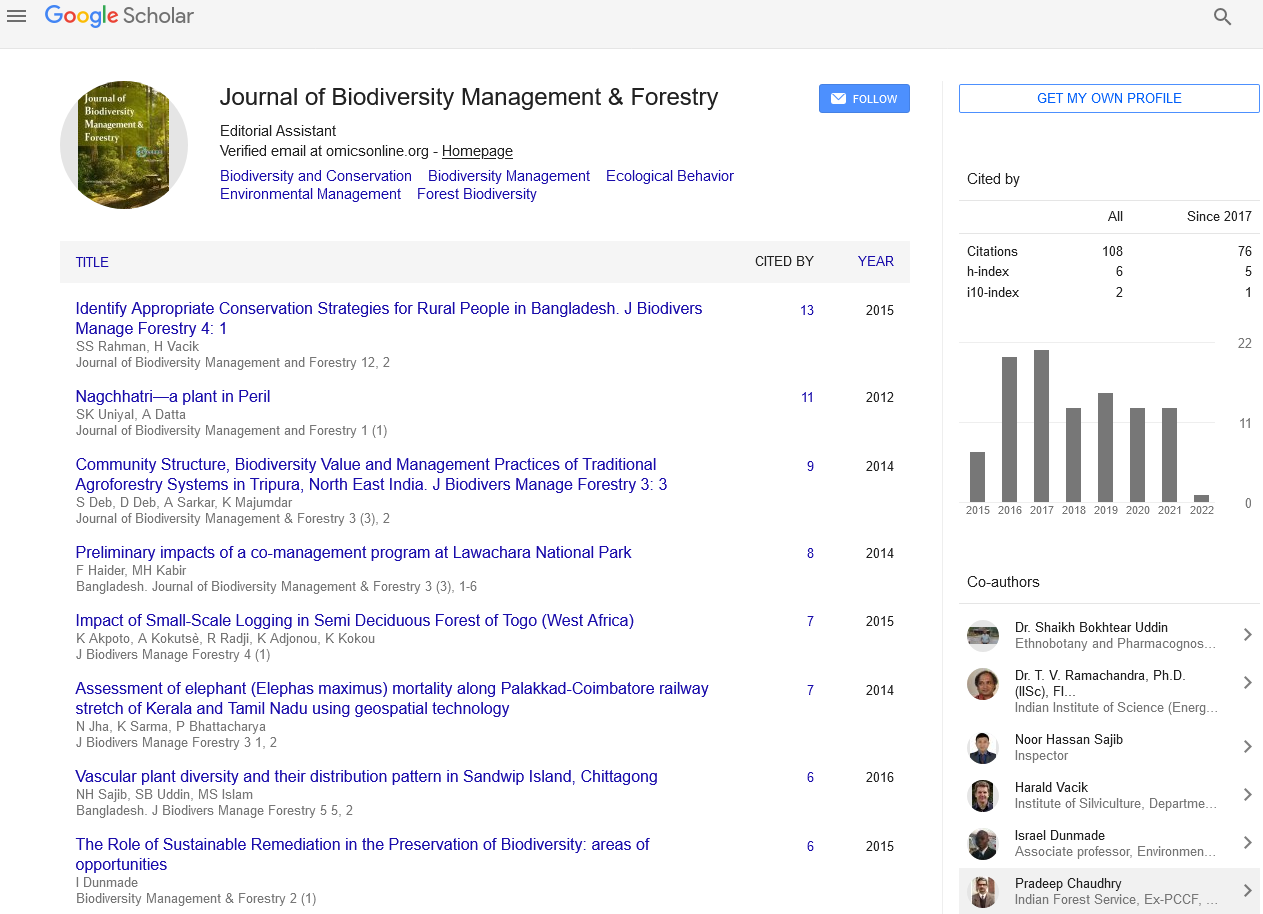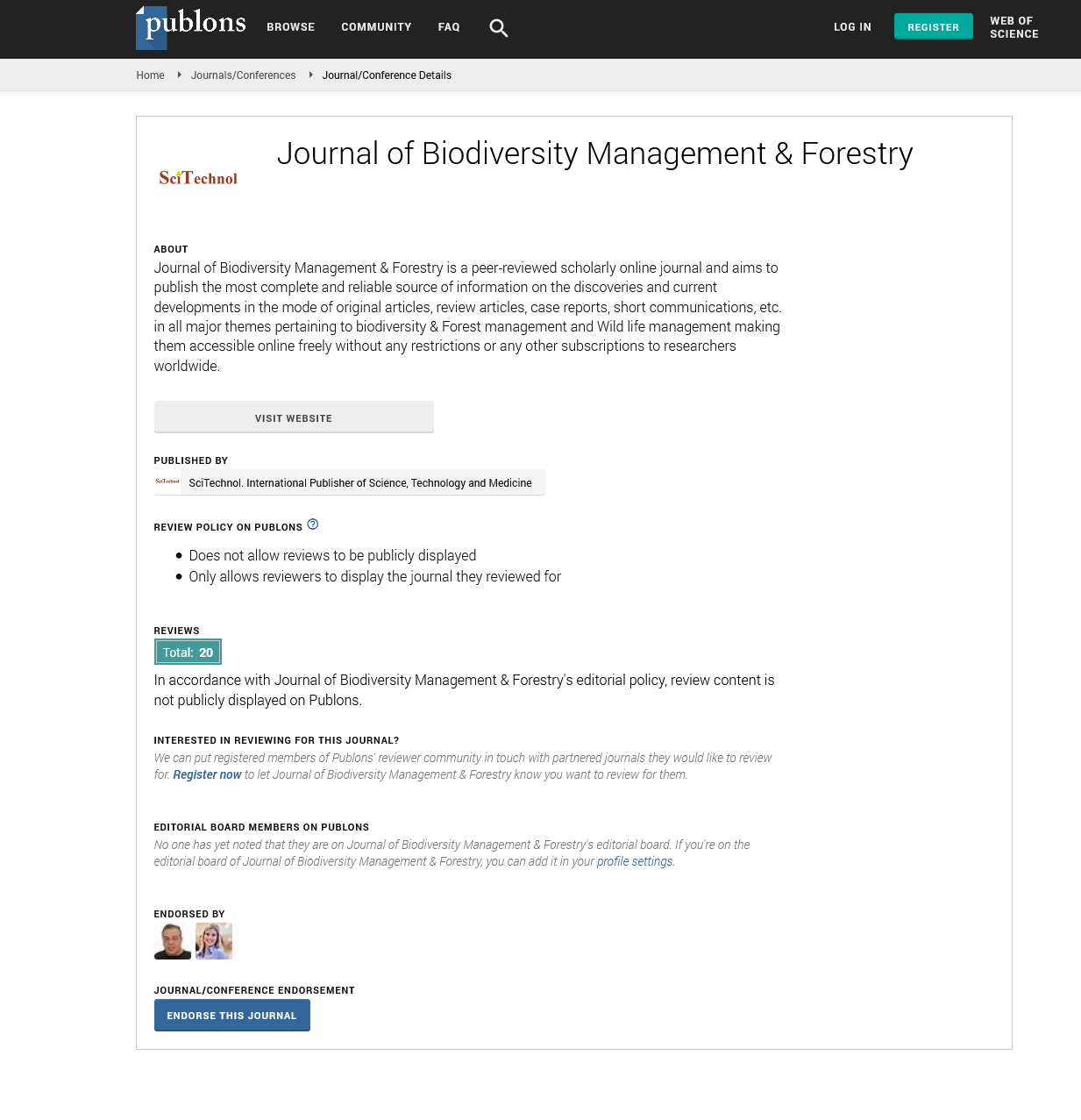Application of shore sediments accumulated in navigation channel for restoration of sandy beaches around Parnu City, SW Estonia, and Baltic Sea
Are Kont
Tallinn University, Estonia
: J Biodivers Manage Forestry
Abstract
Sandy beaches high in recreation value provide 16% of over 4,000 km long shoreline of Estonia. The shore processes associated with climate change have remarkably accelerated over the last decades. Many sandy shores have suffered from strong erosion including an excellent former beach at Valgeranna. The jetties, which were built in the 1860s to protect the navigation channel of Port Parnu from choking, have prevented the natural sediment transport along the coast from south to north. At the same time, the sandy beach in Parnu is expanding and part of the sand accumulates with strong storms also in between the jetties reducing the width of the shipping channel. The channel needs regular dredging but the dredged sediment has been taken far away to the open sea and accumulated on the seabed so far. The current paper addresses the possibilities of using that sand for beach restoration in destructed and eroded areas. An overview of the applied methods and measurements during the field studies are given. The results of modelling the processes of wave activity and sediment transport are discussed. Recycling of shore sediments is an important measure in sustainable coastal zone management. Different options and scenarios are analysed in order to find out the most reasonable ways to bring the sand back onto the beaches and stabilise the natural processes. Support from the state by working out respective laws and regulations would be motivating as well.
Biography
Are Kont is a researcher and environmental scientist at Tallinn University, Estonia, specializing in coastal restoration and sediment management. With a focus on sustainable solutions for shoreline preservation, Are’s work centres on innovative uses of shore sediments accumulated in navigation channels to restore and protect sandy beaches, particularly around Pärnu City on the Baltic Sea's south-western coast..
 Spanish
Spanish  Chinese
Chinese  Russian
Russian  German
German  French
French  Japanese
Japanese  Portuguese
Portuguese  Hindi
Hindi 
